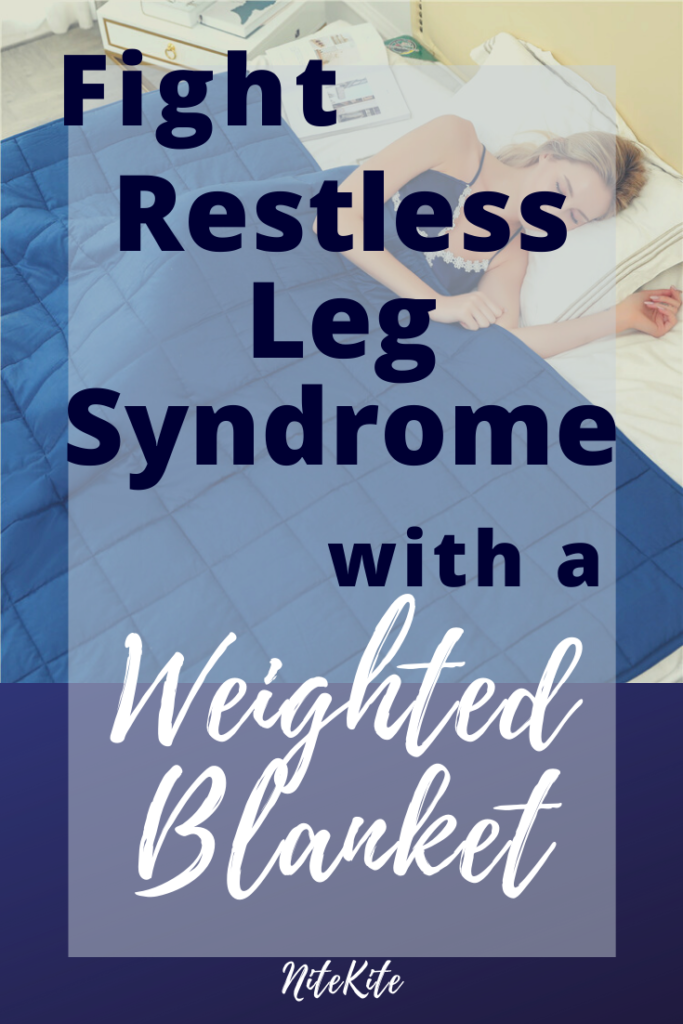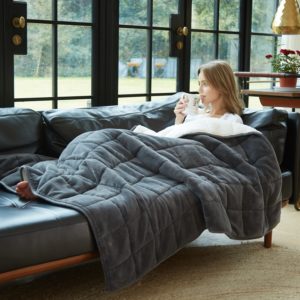RLS is thought to affect up to 10% of the UK at one point or another.
It is also believed to affect up to 1 in 5 pregnant women in the UK.
About one in five pregnant women develop the condition, and usually in the third trimester and often continue to experience symptoms after childbirth. In children, RLS is often wrongly identified as ‘growing pains’.
Also known as “Willis-Ekbom” disease, there are many medical explanations for and explanations of Restless Leg Syndrome, we thought it could be beneficial to give a short description of it as a sleep disorder.
RLS often goes undiagnosed and because of that we can assume many people live with it without considering the ways it may be cutting into their quality of sleep, and therefore life.
Some of the non-invasive methods of treating RLS can also work for other sleeping problems, on a case-by-case basis – so some of the solutions discussed in this post could be beneficial to a wider audience than just RLS sufferers.
What Is It?
The categorisation of RLS is as a movement and sleep disorder due to the experience of the affected persons, but most importantly neurological sensory disorder – the latter because the symptoms are thought to originate in the brain itself.
Restless leg syndrome is a disorder which causes the nervous system to move the legs involuntarily. Due to the increased occurrence of RLS at night time, it is also associated with sleep disorders, whether that be as a cause or effect of sleep deprivation.
While it is named restless leg syndrome, it does not strictly affect the legs. It has been reported to affect any limb as well as the head, waist or other body part.
Relaxation of any kind seems to be the common trigger in the symptoms of RLS, which is why the most common time is at night when we’re trying to sleep – although the effects can occur at any time of day to varying degrees of severity.
Notable triggers
- Taking long journeys, such as plane travel
- Sitting at desk for long periods
The thing with RLS is that truthfully, it is sometimes misunderstood, and ultimately ridiculed when referred to as a “disorder” or as a condition to be taken seriously. This could be because it is considered (by healthcare professionals) as a “spectrum disease” – most reports of it are as a mild-annoyance, but at the other end, experience of it can be reported as intolerable and a serious hamper on quality of life.
How To Know If You’ve Experienced RLS – What Causes It/Symptoms
It is hard to say what exactly causes RLS. There is however, a common thread of symptoms that have been widely reported and have then made it easier for the resulting disorder to be diagnosed as RLS.
- The sensations have been identified as aching, throbbing, pulling, itching crawling or creeping feeling in the affected areas.
- These sensations are more common in legs than any other possible areas of the body.
- They are also known to alternate between sides of the body.
- It is more frequently reported at night with symptom-free periods in the early hours of the morning, when the best sleep is achieved.
- It is proposed that there is a genetic element to RLS which has been accurately traced in families where the onset of the symptoms is before the age of 40.
- There is also evidence to link iron deficiency in the brain to higher rates of RLS.
- As a response to alcohol, nicotine or caffeine consumption
What It Can Lead To
As mentioned earlier, there will naturally be a lowered quality of life mentally and physically – a person experiencing RLS will often make adjustments to their lifestyle and be concerned or avoidant to engage in activities that they feel will activate the symptoms, for example getting a long haul flight, or working at a desk for a long time – which many people are forced to do in everyday life.
Alongside these lifestyle infringements, the problems resulting from Restless leg can also be generalised to all other issues that arise from sleep deprivation, which we’ve made many previous posts about. For example:
- Impairment of daytime functioning
- Tossing and turning during sleep
- Build-up of anxious thoughts, leading into the next day
- Daytime sleepiness
Diagnosis
The following was taken from the National Institute of Neurological Disorders and Stroke:

In full testing, in order to isolate the condition one may undergo a full sleep polysomnography which monitors duration of sleep, brain waves, heartbeat and breathing among other trackable changes in an individual’s sleep cycle.
These will usually be to rule out the presence of other conditions such as sleep apnoea or PLMS (Periodic Movement of Sleep) or even if they are as a result of RLS – in any case the goal will be to alleviate the stressors facing the individual to improve their sleep quality.
How To Fix It
Here we are (as you know) an advocate of lifestyle changes before invasive procedure, for almost everything – simply because we as people are used to underestimating how much we can improve our conditions by committing to changes in our lives.
Lifestyle changes
In the case of RLS depending on the severity, there are likely to be changes you can make such as investing in sleep aid tools, such as oil diffusers or warm blankets that improve the sleeping environment.
- Taking warm baths
- Using a weighted blanket
- Aerobic and leg stretching exercises
- Heat pads and Ice packs
As we’ve also written earlier, one possible reason for the onset of RLS like symptoms is the overuse or misuse of substances such as caffeine and alcohol. In a modern usually western society, these things are common place – as common as going to work or a night out, and as a result, misuse or overindulgence is not something that is widely regulated. For some it could be a case of monitoring the use of these or just minimising them altogether.
Medication
Sleeping pills and drugs
There are a wide range of sleeping pills and medications that are used to alleviate the sensations of RLS. One such comes under the umbrella of dopamine agents – these are often used to treat Parkinson’s Disease – although they are more likely to be recommended for severe cases of RLS.
Benzodiazepines
Another branch of sleeping pills are Benzodiazepines – which are used to help with the effects of sleep disruption. Benzodiazepines with active ingredients such as clonazepam and lorazepam are generally prescribed to treat anxiety, muscle spasms, and insomnia. “Benzos” are considered the last line of defence, and it is often better to deal with the RLS symptoms rather than just the sleeping issues for a healthier lifestyle.






